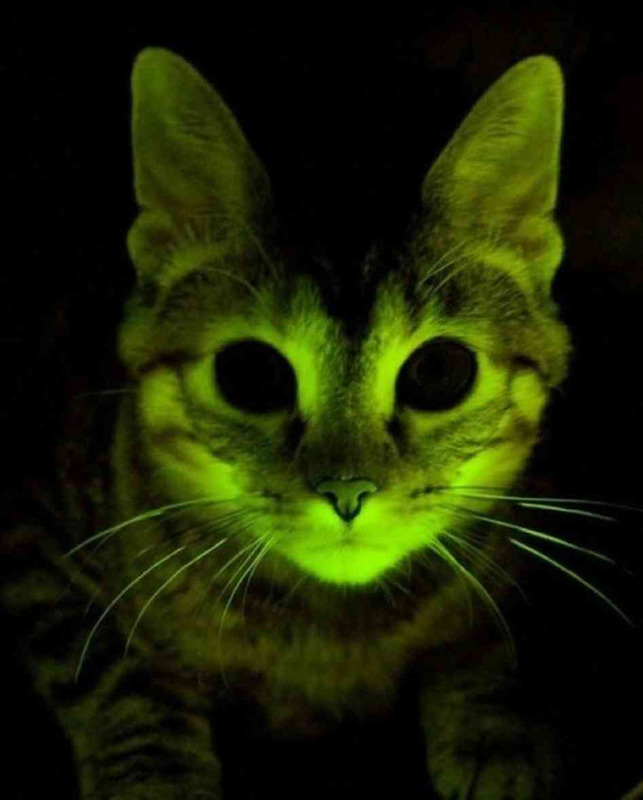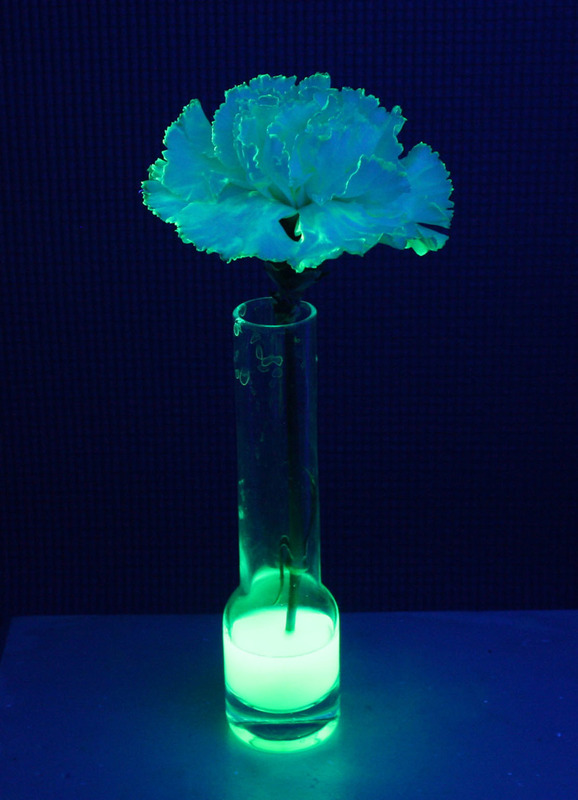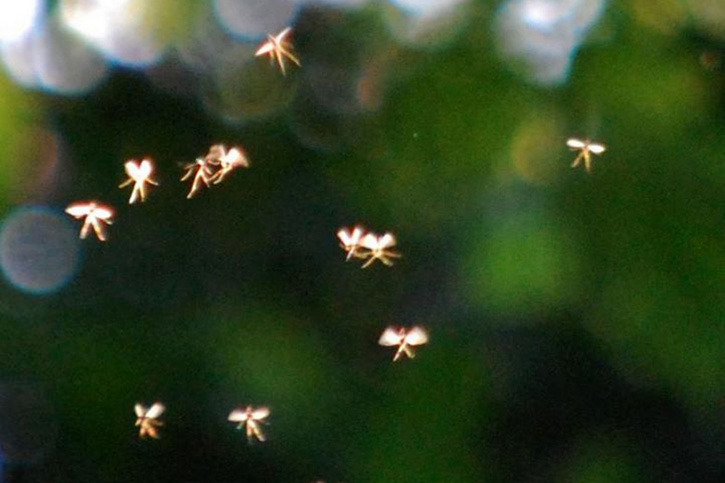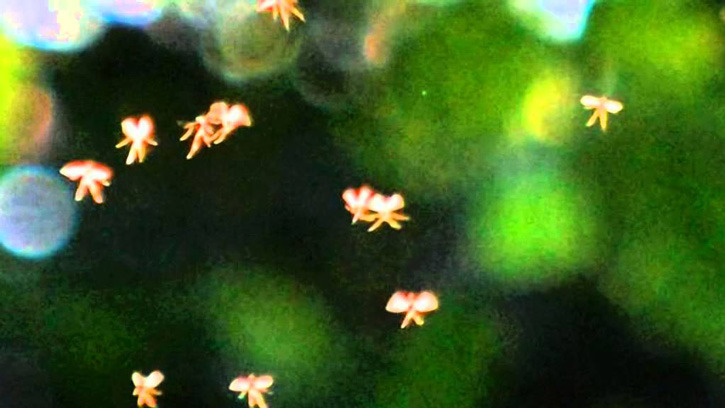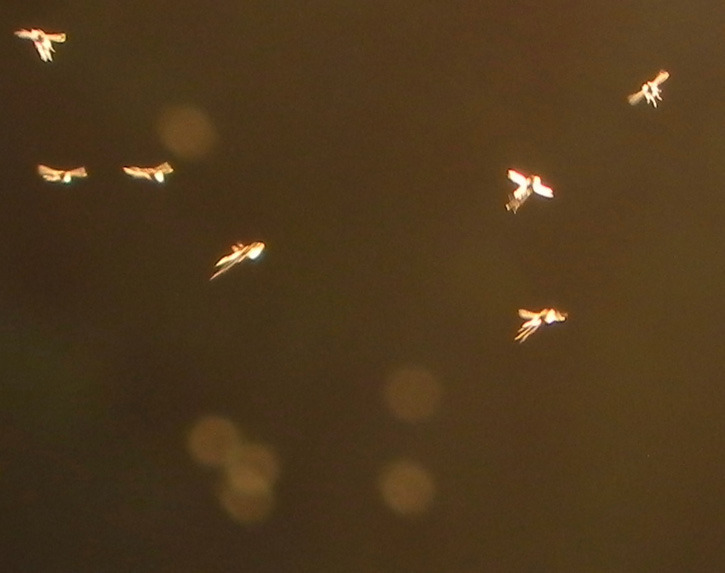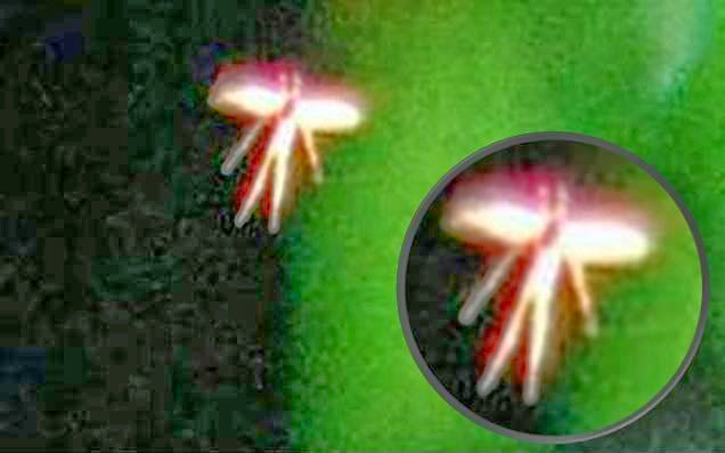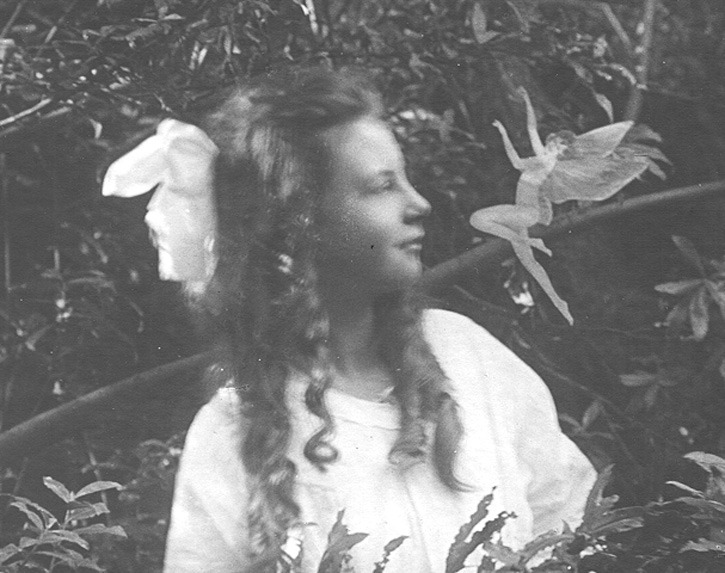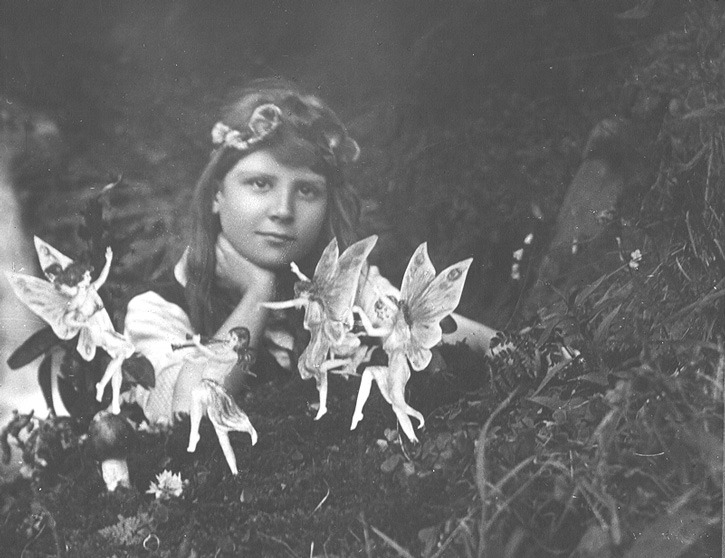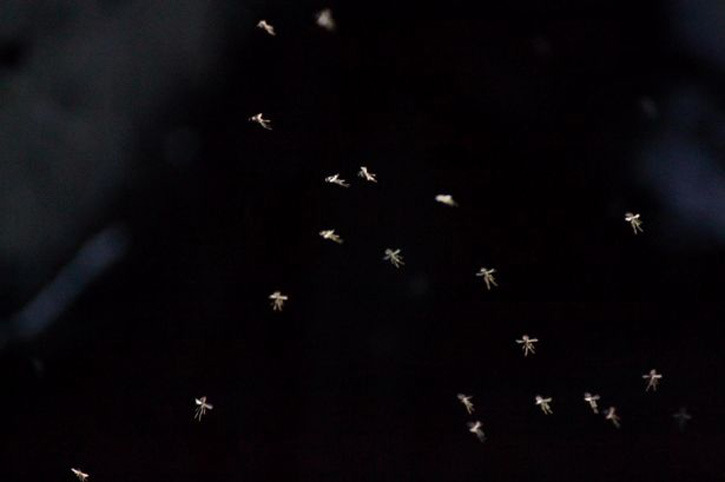REAL BEAUTIFUL MAGIC HAPPENING NOW

Sometimes science can look a lot like Beautiful Magic. How can you make a kitten glow? How can you make something levitate for real? How can you explain a mid-summer night’s fairies? All is revealed below.
MAGIC GLOW
Make a kitten glow in the dark? Scientists are performing this magic with photoluminescent gene splicing. Cats are genetically engineered with genes coded for fluorescent jellyfish protein as well as antiviral code from a rhesus monkey.
Coat, claws, whiskers, nose, tongue and the inside of the mouth glow green under blue light. This is helping researchers study feline AIDS and help to develop cures for the current pandemic.
Rabbits, treated similarly, are serving as living laboratories, visually helping scientists to better understand disease mechanisms and to develop cures.
You can do this kind of trick at home by injecting flowers and plants with fluorescent dye, then displaying it under an ultraviolet light.
You can easily extract the dye from a fluorescent magic marker, mix it with some water in a vase, -- or you can use quinine -- and allow your flower to drink up to a happy glow.
LEVITATION
Levitation is a bit of a holy grail magic trick. But science can make that happen if you know how to employ it. In fact, there are now two ways scientists can control the float, acoustic levitation and quantum levitation.
Quantum levitation happens when an object is locked it in a state of magnetic equilibrium -- forces equally opposing.
Acoustic levitation happens when sound waves are aligned to pefectly oppose each other, creating a standing wave of sound. Light objects, like water droplets can ride in the middle. Watch this cool video to see it in action.
NASA developed the acoustic levitator to simulate microgravity. It is now being used by the pharmaceutical industry to help in new drug development.
ROSSENDALE FAIRIES
Fairies are magical creatures. Whether they exist in “real life” or are mere figments of our imaginations, they live in a different dimension, possess other-worldly powers, and can make things happen in ways ordinary humans cannot.
What do fairies look like? Have you ever seen one? Do they have wings? Do they wield wands? Are they big or small. Are they particularly beautiful?
John Hyatt, Director of Manchester Institute for Research and Innovation in Art and Design (MIRIAD) at Manchester Metropolitan University, believes he can answer those questions. He recently took a series of photos of fairies that he found around Lancashire, UK. The collection, entitled "Rossendale Fairies," is on display at the Whitaker Museum in Rossendale.
Do you believe him?
In an email to The Huffington Post, Hyatt reports that he discovered these tiny winged sprites one evening at dusk.
"I was just taking sunset through the trees and when I enlarged the photographs later in the studio, I saw these figures," he wrote. "They are not doctored apart from I increased the size of a detailed section of a larger photograph along with the DPI to stop them being just large pixels -- normal size enhancement techniques."
Wait, aren’t they just some kind of insect?
Entomologists have examined the shots. Some believe that they are most likely a small species of fly known as the "midge."
The Cottingly Fairies, “discovered” in 1917 by two young sisters, duped many people, including the undupable Sir Arthur Conan Doyle, author of the infamous Sherlock Holmes. The sisters finally admitted the hoax in 1983. Yet Hyatt quotes Doyle in defending the validity of his photos to the Huffington Post:
"In [Doyle's] 1922 book, 'The Coming of the Fairies,' he said, 'We see objects within the limits which make up our color spectrum, with infinite vibrations, unused by us, on either side of them If we could conceive a race of beings which were constructed in material which threw out shorter or longer vibrations, they would be invisible unless we could tune ourselves up or tone them down… there is nothing scientifically impossible, so far as I can see, in some people seeing that which is invisible to others.'"
Is it art? Is it science? Is it magic? Or all three?
"I think it is entirely appropriate that the beauty of the artistic form enables people to open up to the possibilities of their world and to see it with fresh eyes. That is the goal of both the artist and the scientist," offers Hyatt.
Hyatt hopes, whether fairies are real or not, that his photos can bring a little magic into people’s lives.
Read more about Beautiful Magic, as it relates toArts/Design,Nature/Science,Food/Drink, Place/Time,Mind/Body, and Soul/Impact including 10 New Books on Beautiful Magic Now.
Enter this week’s BN Creative Photo Competition. Our theme this week is Beautiful Magic. Deadline is 05.04.14.
Photo Credits:
- Photo: Courtesy of the Mayo Clinic. Bioluminescent cat.
- Photo: Courtesy of Mayo Clinic. Bioluminescent Cat.
- Photo: by Antony Evans. Glowing Plants.
- Photo: by Anne and Todd Helmenstein. Glowing carnation.
- Photo: Courtesy of Argonne National Laboratory. Acoustic Levitation.
- Photo: by John Hyatt. “Rossendale Fairies.”
- Photo: by John Hyatt. “Rossendale Fairies.”
- Photo: by John Hyatt. “Rossendale Fairies.”
- Photo: by John Hyatt. “Rossendale Fairies.”
- Photo: by Elsie Wright and Frances Griffiths. Cottingly Fairies.
- Photo: by Elsie Wright and Frances Griffiths. Cottingly Fairies.
- Photo: by John Hyatt. “Rossendale Fairies.”


